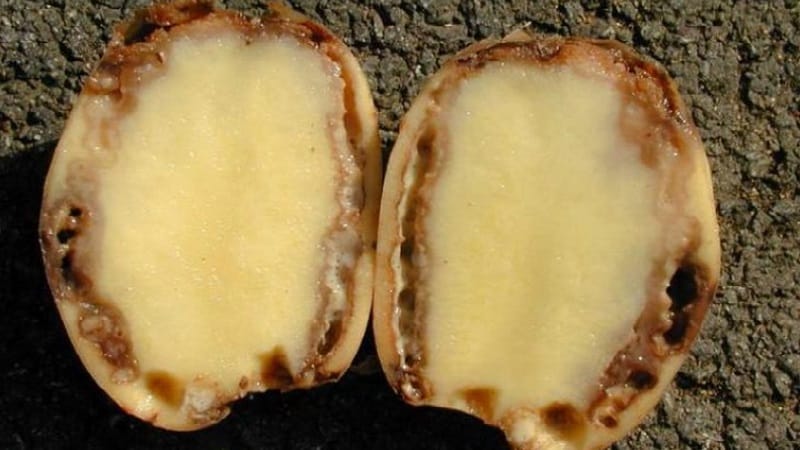Detailed descriptions and effective methods for treating potato diseases
There are many potato diseases that cause serious damage to the crop. They arise not only during the growing season, but also during storage. It is possible to correctly determine the cause of the problem and choose the appropriate elimination method by knowing its characteristic symptoms. The article will tell you about the causes of potato diseases, their symptoms and methods of treatment.
Reasons why potatoes can get sick
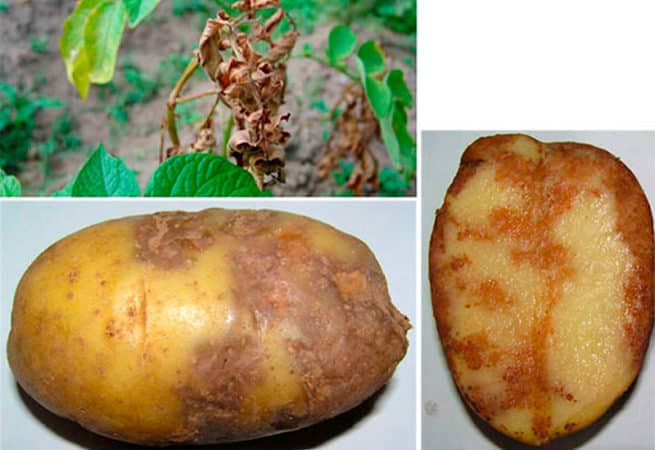
Factors contributing to the occurrence of cultural diseases include:
- use of infected planting material;
- non-compliance with agricultural technology rules;
- violation of crop rotation;
- pest invasion;
- adverse weather conditions;
- unsuitable soil type or the presence of fungus in it.
One of the causes of potato diseases is planting an unsuitable variety for a particular area.
How to distinguish diseases from a lack of microelements and errors in cultivation and care
Nutrient deficiency and improper care lead to the development of physiological diseases.
Their differences from infections are as follows:
- absence of pathogen;
- simultaneous damage to most of the plants growing in the garden bed;
- the ability to eliminate the problem by correcting errors in agricultural technology.
During the course of physiological diseases, their signs are observed immediately on all organs of vegetable crops. This may include discoloration, deformation, drying out and dying.
As a result, the plant begins to lag in growth. Unlike infections and viruses, such a problem rarely leads to death.
Important! Aphids, a carrier of various fungi and bacteria, almost always appear on infected plant specimens.
Description of potato diseases with photographs and treatment methods

Potato diseases are divided into several groups depending on the nature of the infectious agents:
- fungal;
- bacterial;
- viral.
Each group has its own specific characteristics, requiring specific treatment and prevention.
Important! Knowledge of the characteristics of diseases makes it possible to carry out preventive measures in advance in order to prevent the occurrence of problems.
Let's take a closer look at potato diseases and measures to combat them.
Fungal
These diseases are caused by pathogens and spread by spores.
The source of infection can be work equipment, planting material, soil or remnants of last year's tops. Active reproduction of spores is stimulated by an increase in temperature and humidity levels, as well as violation of the rules of agricultural technology.
There are several types of fungal diseases:
- anthracnose;
- late blight;
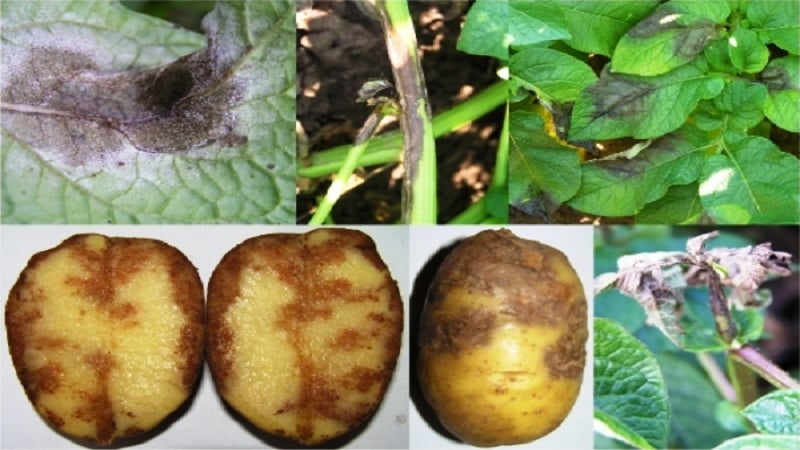 Late blight
Late blight - scab – black, silver or powdery;
- cancer potatoes;
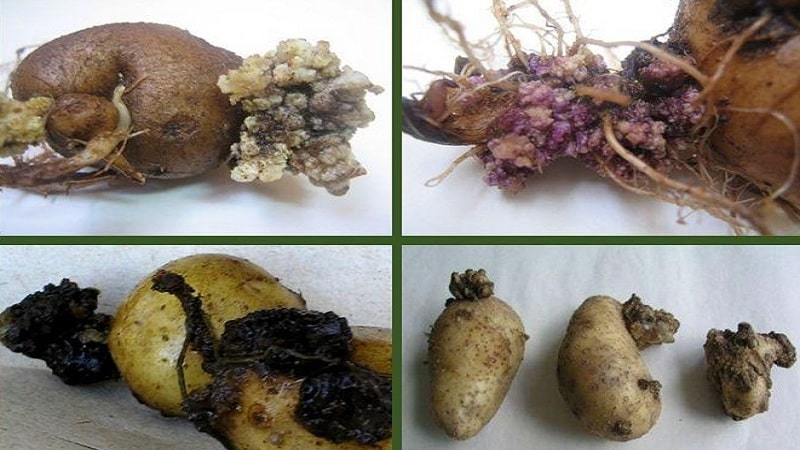 Cancer
Cancer - dry rot;
- Alternaria blight;
- macrosporiosis;
- verticillium.
Signs of crop damage:
- the appearance of brown or brown spots at the bottom of the stems;
- rot;
- curling and withering of leaf plates;
- possibility of easy removal from the soil;
- formation of white plaque on the leaves;
- the appearance of gray spots and growths on tubers.
Treatment methods
There are several methods aimed at combating fungal diseases: folk, chemical, biological.
Folk
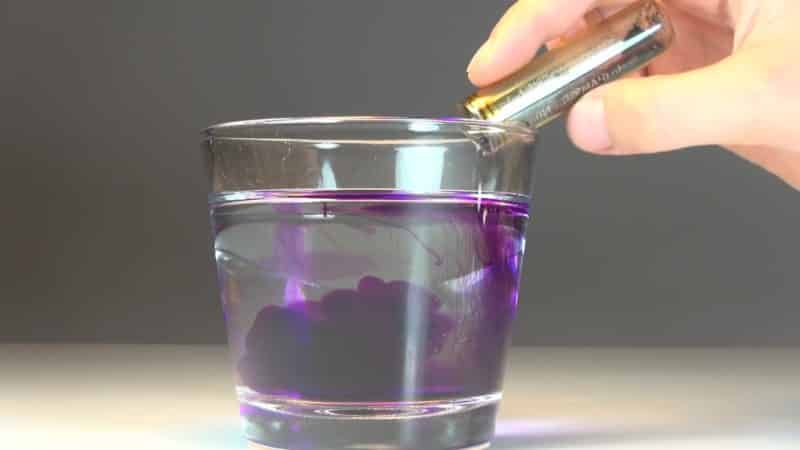
Treatment with prepared solutions:
- potassium permanganate – 10 g per 10 liters of water;
- copper sulfate – 2 g per 10 l;
- 100 g of copper sulfate and 100 g of soda ash, diluted in 10 liters of water, are used during the growing season in the amount of 6 liters per 1 hundred square meters.
Chemical
Use of fungicides:
- "Profit";
- "Thanos";
- "Novozir";
- "Mancozeb".
During the growing season, the tops are treated with one of the compounds prepared according to the instructions supplied by the manufacturer.
Biological
At the beginning of the budding stage, the tops are sprayed with protective preparations, adhering to the following dosages per hundred square meters:
- “Ecosil” – 5 ml per 1 liter of water;
- "Gibbersib" - 0.015 g;
- “Bitoxibacillin” – 30 g;
- “Baktofit” – 50 ml;
- “Fitosporin” – 6 g.
An effective option for treating fungal diseases is drying the tubers in the sun for 4-5 hours on the day of digging.
Bacterial
The cause of this problem is bacteria that provoke intoxication and death of the vegetable crop. Their sources can be nearby weeds or contaminated soil. Bacteriosis often occurs in a latent form.
It is quite difficult to identify them due to the ability to change signs, which is due to a number of reasons:
- weather conditions;
- type of pathogenic bacterium;
- degree of damage.
Bacteriosis often appears in areas of tubers damaged during harvesting and transportation.
Types of bacterial diseases:
- blackleg;
- brown rot;
- ring rot;
- mixed internal rot;
- wet rot of tubers.
Signs of damage:
- blackening of the lower parts of the stems;
- formation of mucus on the tops of bushes;
- curling of leaf plates, their withering and falling;
- tops rot at the soil surface;
- stem rotting;
- the appearance of yellow spots on the leaves;
- the appearance of putrefactive spots outside and inside the tubers.
Treatment methods
The risk of developing diseases is significantly reduced with timely disposal of tops (mowing, removal from the beds).
Folk
Sequence of preparation of the medicinal product:
- pour 1 kg of dry wormwood with a small amount of water and boil for 15 minutes;
- Infuse 1 kg of droppings in water for 2 days, then mix with a decoction of wormwood;
- strain the mixture and add more water to make 10 liters;
- add 40 g of crushed laundry soap.
Potatoes are processed from the beginning of budding, the required number of procedures is at least 3 with a break of 14 days. It is acceptable to use tobacco decoction for spraying.
Chemical
Before planting, tubers are treated with TMTD (2.4 l/t).
When placing in storage, the crop is sprayed with the Maxim fungicide: for every 10 kg there is 2 ml of the product diluted in 50 ml of water.
Biological
This method involves treating the tubers with Planriz. Recommended dosage is 1 liter (0.1%) per 100 kg.
Viral
This group of diseases is considered the most dangerous, since there are no effective methods to combat viral pathologies.
Virus infection occurs when healthy potato bushes and their tubers come into contact with diseased ones. The infection is carried by insects, especially cicadas and aphids.
The mosaic virus destroys up to 40% of the crop and is divided into 3 types:
- Wrinkled – characterized by the formation of wrinkles on the leaves between the veins. As a result, the foliage gradually dries out, but remains on the bushes. Its color takes on a bronze tint. For the purpose of prevention, the culture is treated with Ridomil and Ditan.
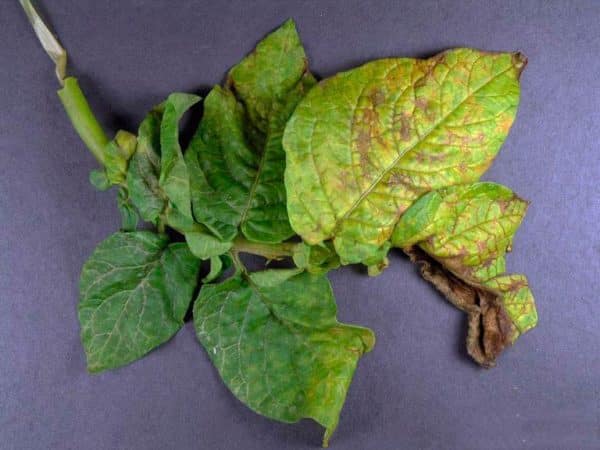
- Banded – appears in the budding phase. Symptoms are the formation of yellow-green stripes on the front side of the leaf blades and brown stripes on the inside. The stems of the plant become thinner and break under their own weight. As a preventive measure, the bushes are sprayed with the preparations “Bravo” and “Shirlan”.
- speckled – expressed by the appearance of pale green spots on the leaves. To prevent this form of mosaic, “Quadris” and “Revus” are used.
Potatoes are processed to prevent viral diseases several times during one season, maintaining an interval between procedures (18 days).
The virus that causes leaf curl is usually carried by the wind, but it can also be transmitted through the soil. In this case, the leaves acquire a yellowish or pink tint, become fragile and curl into a tube.
Important! Since this disease cannot be treated, the affected bushes must be destroyed.
Potato wilt is usually observed in regions with hot climates. The spreaders of this virus are infected perennial weeds.
Signs of crop damage:
- leaf curling and stretching;
- death of the root system;
- growth retardation.
Due to its rapid spread, the disease can destroy large areas of planting in a short period of time. There are no medications for stolbur.
In order to prevent the disease, a number of measures are recommended:
- strict adherence to crop rotation rules;
- use of high-quality planting material;
- timely weeding, loosening, weed control and other rules of agricultural technology.
Necrosis is a dangerous virus that mostly develops in tubers and is almost invisible on the upper part of the bushes. This is one of the reasons why potatoes turn black inside. As a result, a significant part of the crop rots and dies. The risk of this problem can be reduced by following the rules of crop rotation and using healthy material for planting.
When infected with the Gothic virus, the appearance of potatoes changes, but the taste remains the same. The tubers lose 20% of their starch and become elongated, while the number of eyes increases. Leaves and tubers take on an inky hue. The main carriers of gothic are aphids, grasshoppers, bedbugs and Colorado potato beetles.
Preventative measures against potato diseases
Prevention of disease development involves:
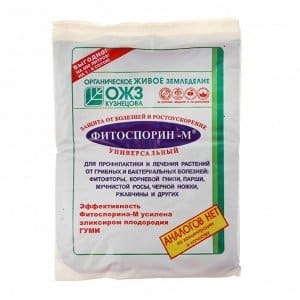
- Treatment of seed material before planting with one of the preparations: “Confugo”, “Maxim”, “Prestige”, “Fitosporin-M” or copper sulfate.
- Use of varieties resistant to infections.
- Periodic rotation of crops in one area. Planting is carried out taking into account compatibility; it is desirable that vegetable crops belong to different families, since “relatives” are most often susceptible to diseases.
- Careful preparation of the site before planting, standardized application of fertilizers.
It is not recommended to grow potatoes in one area for more than one year. Replanting is permissible only after 4-6 years.
Ideal predecessors for potatoes:
- winter grains;
- corn;
- legumes and cereals;
- beet;
- perennial herbs.
Tips and recommendations from experienced gardeners
To increase potato resistance to various diseases and the effectiveness of treatment, experienced gardeners recommend:
- Regularly add potassium-phosphorus fertilizers, nitrogen and boric acid to the soil.
- A month before planting, expose the planting material to diffused light: duration of the procedure is 12 days, suitable temperature is 22°C. Greened tubers will become resistant to pathogens.
- If ring rot is detected, destroy the affected bush and pour 1 liter of copper sulfate diluted with water (100 g per 1 liter) into the hole.
- Before planting, treat the soil with a solution containing copper, which will prevent the occurrence of fungal diseases.
- During the flowering period, use wood ash or potassium sulfate as a top dressing. This increases the plant’s resistance not only to diseases, but also to possible frosts.
Conclusion
Preventing diseases of potato tubers is much easier than curing them even at the earliest stage. Therefore, the cultivation of this crop requires strict adherence to the rules of agricultural technology.
Planting material also needs special attention: treating it with special preparations before planting and storing will get rid of bacteria and spores, and at the same time increase immunity.
